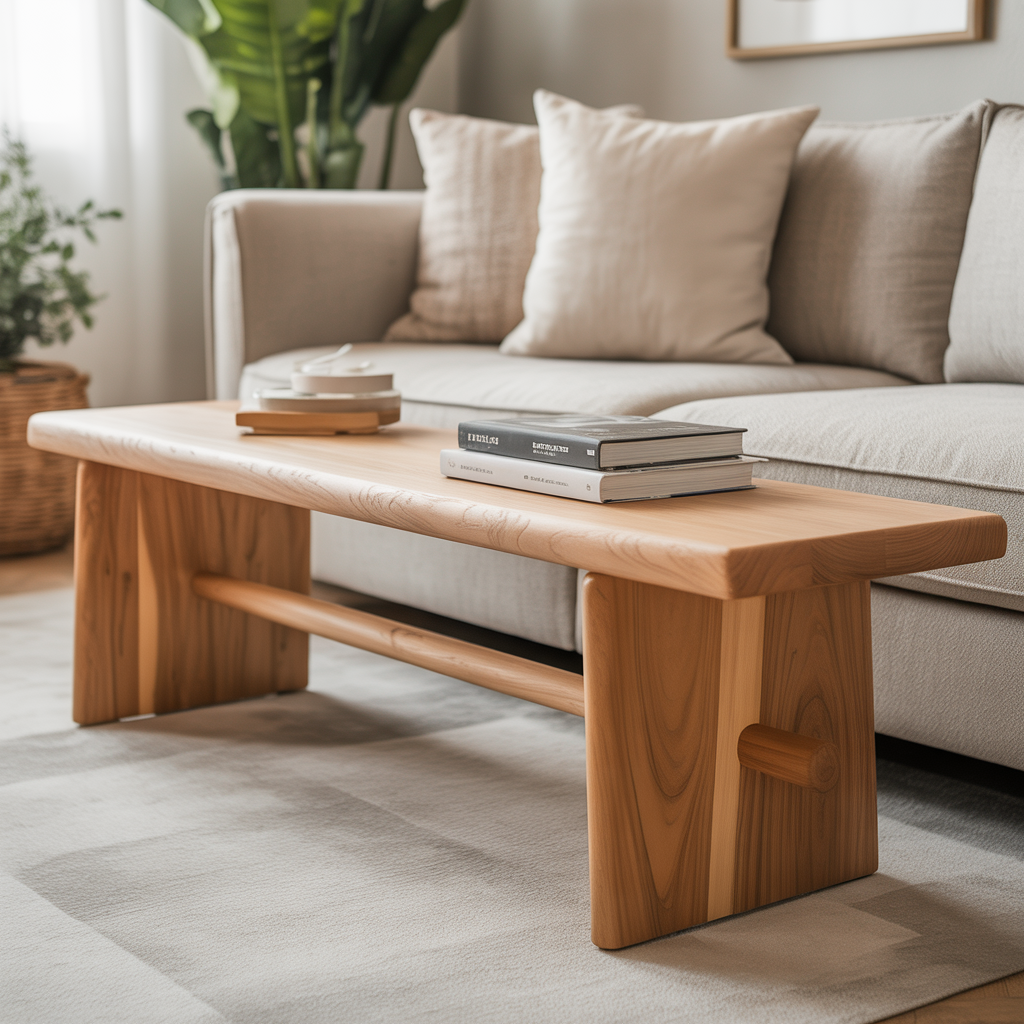Benches Style & Function
The Complete Guide to Benches: Style & Function for Every Space
A pillar guide to choosing sizes, storage, materials, and styling for entryways, living rooms, bedrooms, and dining nooks.
Why Benches Are the Most Versatile Seating
A great bench adds seating, storage, and style—without the bulk of armchairs or loveseats. From entryway drop-zones to living rooms that need extra perches for guests, benches deliver multi-purpose function in a slim profile. They also help visually “finish” a wall run, anchor a TV feature, or balance a window bay with soft textiles. Whenever you’re ready to explore options, browse the curated Benches collection for lengths and configurations that fit every room.
Sizing & Proportion Rules
Sizing a bench comes down to length, depth, height, and walkway clearances. As a rule of thumb, keep at least 30–36″ of circulation path in high-traffic areas. When a bench sits at the foot of a bed, aim for a length of roughly 70–90% of the bed width. For dining nooks, seat widths of 18–20″ per person feel comfortable; plan for 24″ per diner if the bench flanks a table.
Quick Size Targets
- Seat height: 17–19″ (pairs with most tables/sofas)
- Depth: 14–18″ (compact to lounge-friendly)
- Entryway length: 36–60″ (fits small to long halls)
- Bed-end length: 48–60″ for Queen; 54–72″ for King
Bench Types: Entry, Living, Bedroom, Dining
Entryway Benches
Choose compact depths (14–16″) so doors clear easily. Add a wall rack above or stash baskets below for shoes. A lift-top or shelf bench here keeps the foyer calm and clutter-free, especially on busy mornings.
Living Room Benches
Benches shine as flexible “overflow” seating for movie nights and gatherings. Float one behind a sofa as a perch for trays and books, or place it under a window to create a reading bay. Coordinate heights with surrounding surfaces to avoid visual jumps. For surface pairing and lamp heights, browse End & Side Tables and deeper tips in End & Side Tables Inspiration.
Bedroom Benches
A bed-end bench offers a landing zone for throws and weekend bags, while a cushioned top adds comfort. Make sure drawers (if any) clear the bed frame. Keep pathways open for ease of movement on both sides.
Dining Nook Benches
Benches on one or both sides of a table increase seating without adding chair arms. Confirm seat height aligns with the tabletop (typ. 29–30″) and allow at least 10–12″ of leg clearance under the apron. Round tables pair well with a curved or backless bench to maintain flow.
Smart Storage & Organization
Storage benches are heroes in compact homes. Lift-tops hide throws and gear; drawers keep tech and remotes out of sight. In living rooms, a slim bench can run beneath a media console to hold gaming accessories and board games—just confirm ventilation for electronics and leave cable paths open.
- Lift-top: Fast access to blankets and seasonal décor.
- Drawers: Best for remotes, chargers, and small accessories.
- Open shelves/baskets: Quick drop-zones for shoes and totes in entryways.
Planning a clean media setup? Align bench storage with your console bays and cable routes. For tidy tech and airflow, explore placement ideas in TV Stands Design & Guides and shop coordinating consoles in TV Stands.
Materials & Finishes
Pick materials that match how you’ll use the bench and the tone of nearby furniture. Wood grain adds warmth and pairs beautifully with modern metals; upholstered tops boost comfort in bedrooms and nooks; woven details add texture without visual bulk. Repeat one finish across surfaces—table lamp, frame, or hardware—to pull the room together.
Performance & Care
- Use performance fabrics or wipeable surfaces in dining and entry zones.
- Felt pads protect floors and make sliding for cleaning easier.
- Seal natural wood tops in high-traffic areas.
Match & Contrast
Echo the tone of your center table or contrast it for depth. For a cohesive palette in the lounge, pair with Coffee Tables and keep heights stepped (bench < coffee < console).
Styling Tips for a Cohesive Look
Styling is where benches become design-savvy. Keep the middle seat area free for function and style the edges with
textiles and vertical elements. Limit the palette to two or three tones you already use elsewhere in the room.
- Rule of thirds: Group décor into three visual zones for balance.
- Soft layers: Folded throws, one cushion, and a small tray keep surfaces useful.
- Height play: Pair a low stack of books with a taller vase or a mini lamp.
If your bench supports a media scene, keep objects lower than the TV console top to preserve sightlines. For complete TV wall harmony—form factors, cable runs, and décor—see the resources in TV Stands Design & Guides.
Layout Examples for Real Homes
Open-Plan Living
Float a bench behind a sofa as a slim console substitute. Add a tray for remotes and books, and keep the path between lounge and dining clear. Mirror lengths with nearby surfaces for rhythm across the space.
Compact Apartments
Use a storage bench by the entry to catch shoes and bags, another under a window for reading. Choose shallow depths to maintain circulation and lighter legs to keep the look airy.
Family Rooms
Durable finishes and hidden storage make cleanup fast. Label drawers for games and charge cords; keep soft baskets at floor level for kids. Maintain a 30–36″ walkway in front of the bench for traffic flow.
Quick Buying Checklist
- Confirm length for the target wall/zone and leave 30–36″ walkways.
- Pick seat height (17–19″) to match nearby tables or beds.
- Choose storage type: lift-top, drawers, or open baskets.
- Match or contrast finishes with nearby pieces for cohesion.
- Plan styling: tray + throw + one vertical element is a reliable trio.

